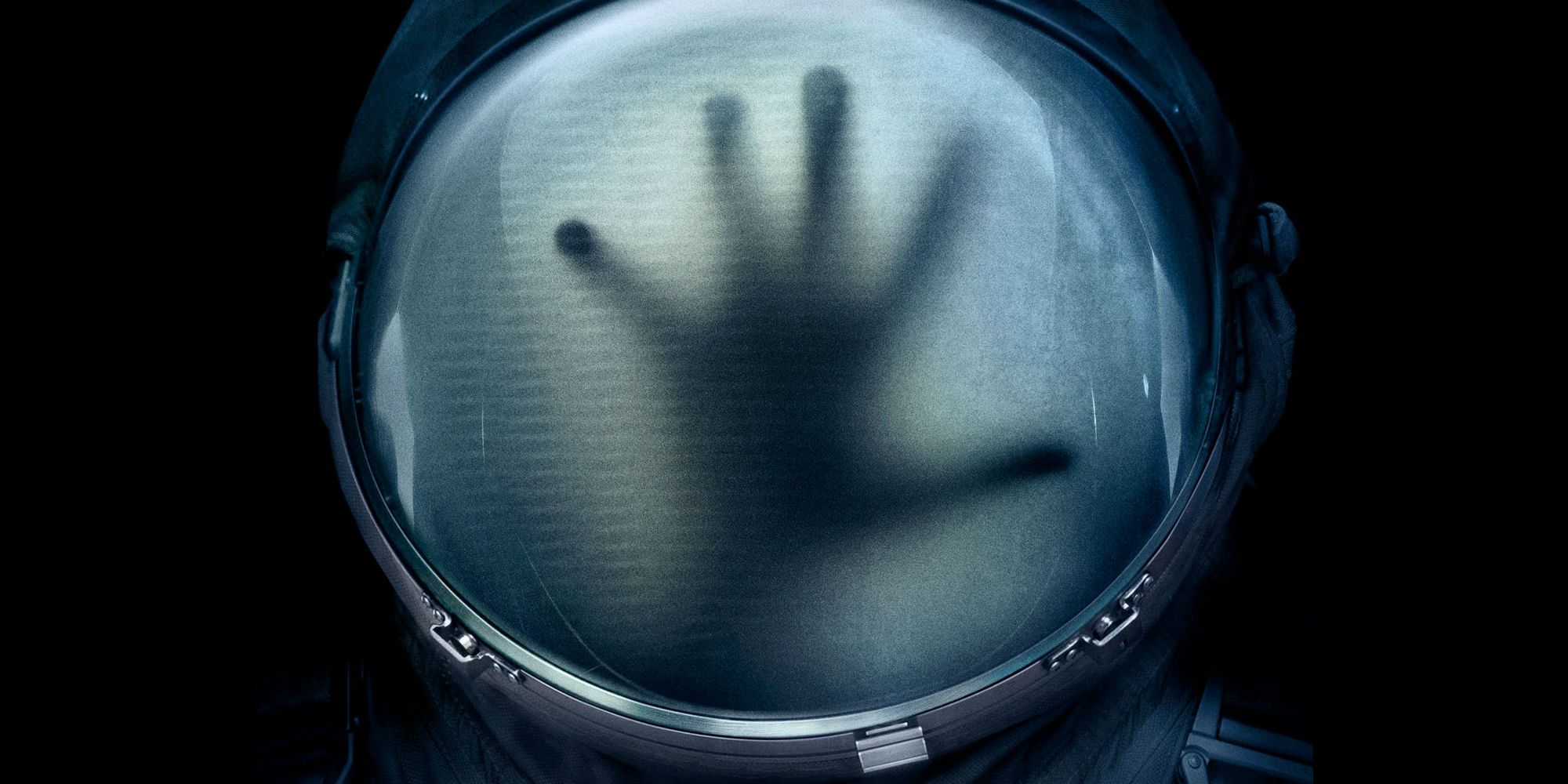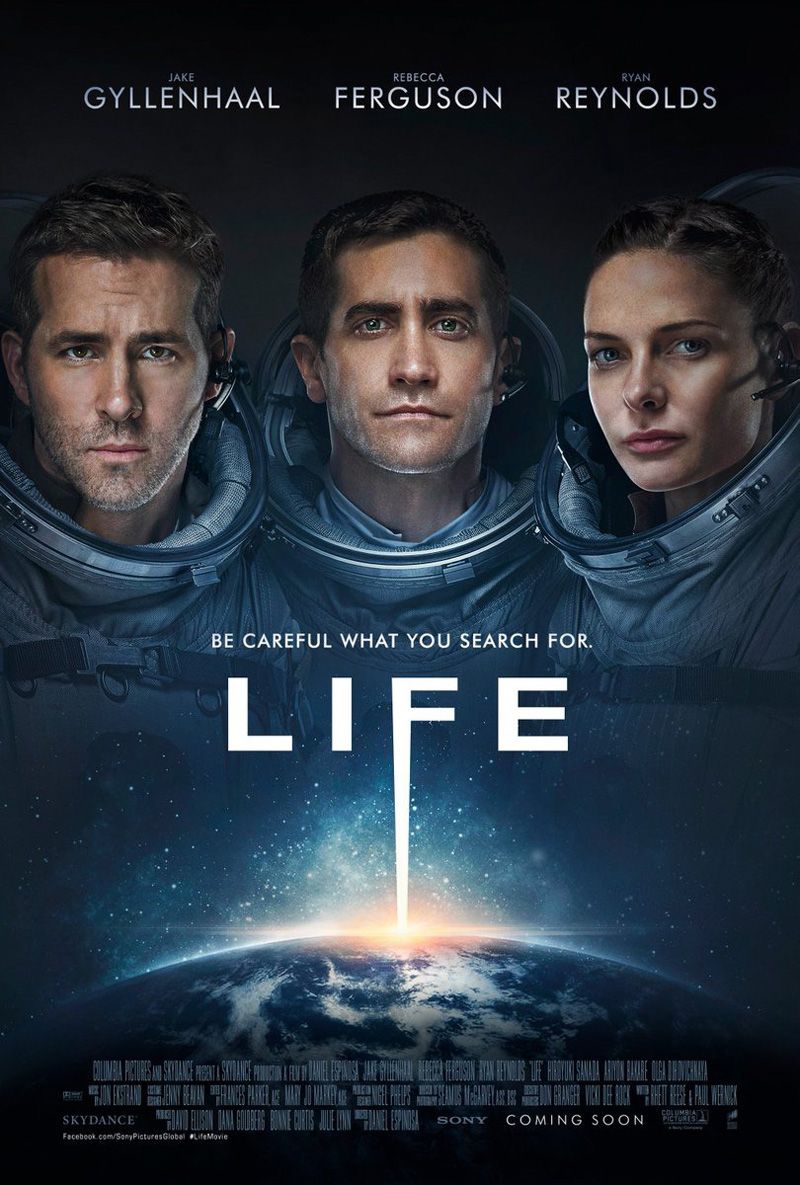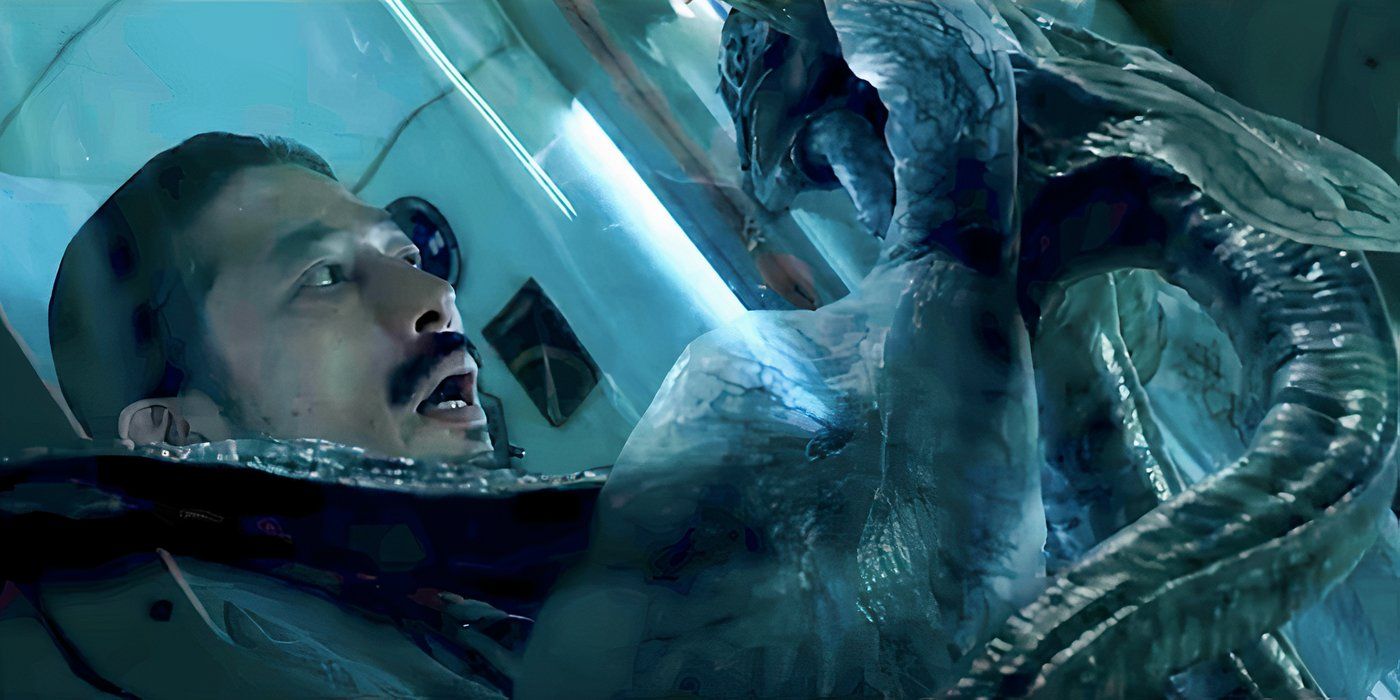Summary
- Life (2017) shocked audiences by killing off Ryan Reynolds’ character first, subverting expectations and setting a tense tone for the film.
- The film used the star-studded cast to its advantage, making viewers believe certain characters were safe, only to surprise them with unexpected deaths.
- While Gyllenhaal and Ferguson seemed like the likely survivors, the movie’s twist ending left Earth doomed, showcasing a shift in typical horror movie conventions.
Boasting an impressive ensemble cast, Life (2017) was an underrated sci-fi horror film that, despite a recycled core concept, managed to successfully challenge one of the oldest horror tropes in Hollywood. Ryan Reynolds, Jake Gyllenhaal, and Rebecca Ferguson were all big names at the time, having all been leads in some of Hollywood’s biggest properties throughout the 2010s. But unlike most films with such an impressive roster, Life subverted expectations with its use of the cast and left audiences shocked.
The premise of Life concerns a crew of astronauts who are on an expedition to unearth and study alien life. When they find an organism, nicknamed Calvin, their exciting discovery quickly turns into a horror story. Calvin can absorb organic material, killing an individual and in turn growing in both size and physical power, with a seemingly limitless potential. The film spirals into a desperate attempt to survive and stop Calvin from reaching Earth, where his killing spree would be unstoppable. This premise is familiar to many sci-fi horror fans. However, one aspect of Life elevated the film from formulaic to shocking.

Related
Life Review
Despite some promising elements, Life amounts to a middling (and derivative) sci-fi horror/thriller that never fully realizes its potential.
Life (2017)’s First Death Was One Of The Cast’s Biggest Stars
What shocked Life audiences most was its first death, given the all-star trio leading the cast. A reasonable assumption would be that this trio would survive the majority of the film, while the less recognizable cast members act as cannon fodder for some gruesome deaths and motivational sacrifices. But, in a twist, Ryan Reynolds’ character was the first to go, in a horrific scene where Calvin enters his body through his mouth and consumes him from within. The scene was stunning, as Reynolds had seemed to be the film’s lead up until that point, but it was also a fantastic way to get audiences invested.
Unlike franchises like Scream, who have often used misleading stunt opening deaths, Life played out like Reynolds was the lead. The camera seemed to focus on him the most, his character was optimistic and good at his job, and the movie successfully sold his dynamics with the rest of the crew. To cap it all off, Reynolds also featured heavily in the movie’s marketing. But, as it turned out, it was all an ingenious way to make his death all the more heartbreaking, subverting horror tropes effectively in a hard-hitting, brutal scene that remains the film’s most memorable moment.
Life Killing Off Ryan Reynold’s Character Set The Tone For The Movie
With this shocking death, Life‘s tone was set. No one was safe, and now the audience knew it. Any presumptions about top-billed actors being safe just because of their status were quickly put to bed, and despite the press run Reynolds and Gyllenhaal went on together, it meant little to their roles in the film. Gyllenhaal and Rebecca Ferguson’s characters may have been presumed safe before, but now they were fair game to Calvin’s onslaught, and it made the sci-fi horror an even more tense and unpredictable watch.
Ryan Reynolds, who had previously worked with several of the creators on the project, had his thoughts on his character’s untimely demise when he spoke to CinemaBlend in 2017.
I just wanted to see it implemented how much those guys hate me. And that’s really what we’re seeing on the screen – let’s put him in the movie, and let’s kill him right away… It was good to do a half a movie with them again. I like it. I like it when we undermine convention and expectation in inventive ways. So if anyone really knows movies, ‘Oh, Ryan’s worked with Daniel, and with Rhett and Paul. They’re going to take good care of him,’ you know? No, he’s X-ed out right at the beginning there.
Reynolds’ previous collaborations were a fact that may have swayed more interested fans into having even more faith in the character’s survival, but it was this very idea that seemed to excite Reynolds about the potential of such a twist.
I Predicted Gyllenhaal’s Character Was Going To Be Last Survivor After Reynolds’ Died
A horror movie almost always has a “last man standing“. In 1979’s Alien, no doubt a major inspiration for Life, the film kicks off with a broad ensemble and few indications of whom the true lead is. John Hurt’s Kane would seem to be it initially, but then he dies. Dallas would then seem to take the role, but then he dies, and more and more of the crew are slowly killed by the titular alien until Sigourney Weaver’s Ripley becomes the defacto lead. Life takes a very similar approach, but its stardom still betrays how it will end.
Reynolds’ death was shocking, but Gyllenhaal and Ferguson quickly became the focus, and it was obvious one of the two would be the film’s final survivor. While movies like Alien prove that shifting character focus can be effective, Life prioritizes Gyllenhaal and Ferguson to the extent that they benefit from more character development than anyone else. Investing so much time in their arcs made it clear that they would remain central to the story. Even though Life‘s twist ending, which suggests that everyone on Earth is doomed, means that there are no real survivors, the movie still becomes more predictable after Reynolds’ shocking departure.

Life
- Director
- Daniel Espinosa
- Release Date
- March 24, 2017
- Runtime
- 104 Minutes


